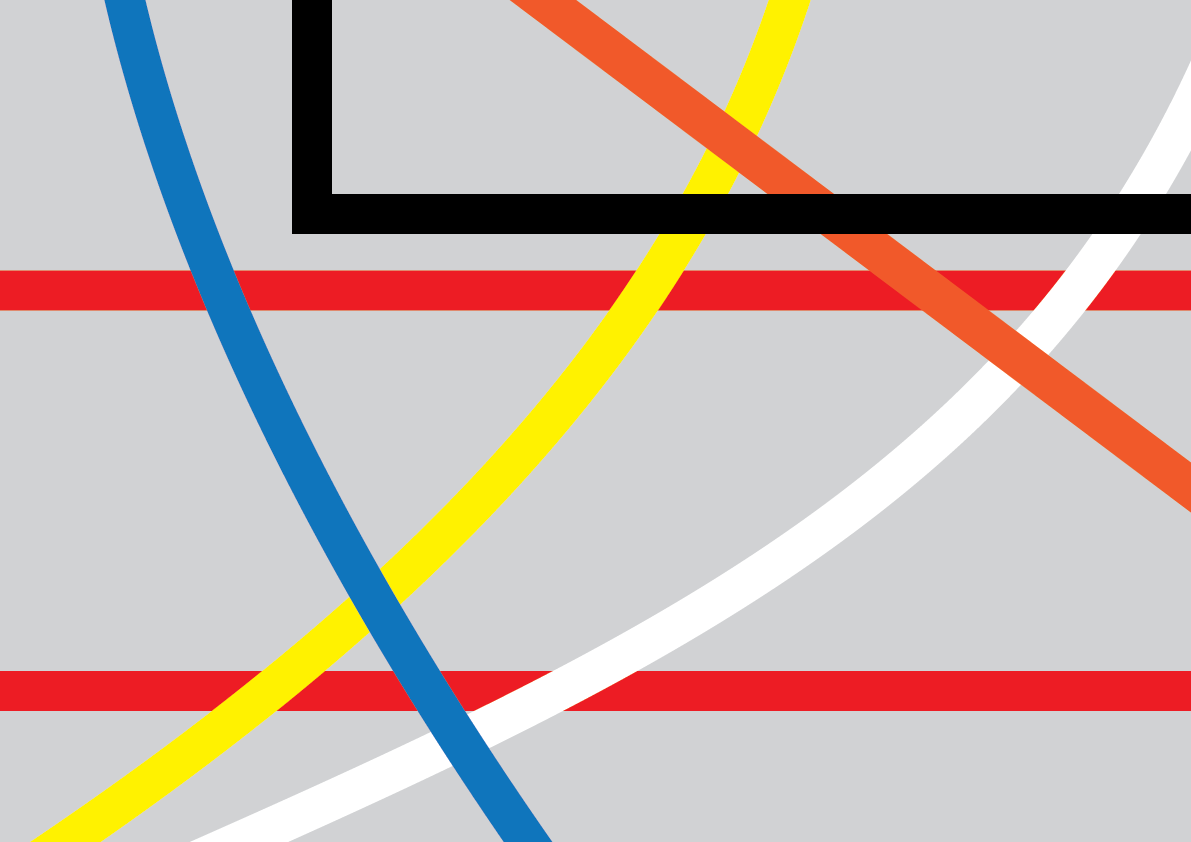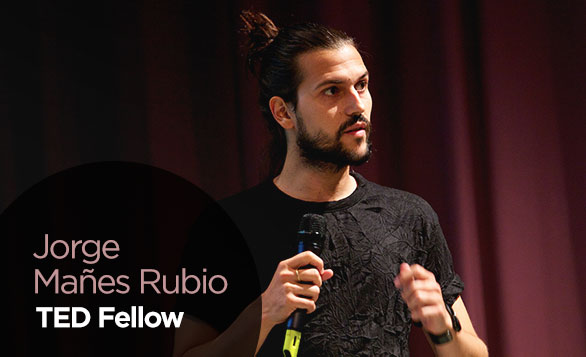TED2014 Fellow Jorge Mañes Rubio is an artist and perpetual tourist who investigates invisible, forgotten places — Chinese cities submerged by the Three Gorges Dam Project, a little-known Pacific island paradise destroyed by mining. He creates art that reimagines and revives these sites as attention-worthy destinations. Here, Rubio describes to the TED Blog his latest art project, in which he created a new micronation. He shares how this was a response to the social struggles of a small neighborhood in Amsterdam.
The Columbusplein public square in Amsterdam West has long been a hotspot for social issues, among them bullying and lack of community cohesion. The demographics in the area are quite unique — it’s a very multicultural and multiethnic population which includes immigrants from Turkey, Morocco, Dominica and Surinam, as well as native Dutch. While more than 20 organizations have been active in the neighborhood for years, helping struggling families and organizing activities for kids and parents, local politicians and social workers in the area are still struggling to find ways to tackle these problems.
As part of a new initiative led by SOCIALDESIGNFORWICKEDPROBLEMS — which studies how designers and artists can work with governments for social impact — I was asked to team up with design studio Muzus and come up with a proposal for an art-based solution to what ailed Columbusplein. To this request, I said: yes.
In our initial research, I was overwhelmed to see how much is done by groups already working in the area. These organizations are heavily structured, with little interaction between each other, and showed little wiggle room for change. Meanwhile, I noticed that the cultural diversity caused a lot of tension and confusion, particularly among young children. We decided that whatever solution we came up with should not only involve the neighbors, but should also somehow bring together the existing organizations in the area for a common purpose. It all sounded great. But how?
The answer came to me while walking around Columbusplein’s sports field on a sunny Saturday afternoon. I couldn’t help but notice the beautiful effect that all the lines and colors created on the court. The analogy between this space and the plurality that inhabits the neighborhood sparked an idea.

A playground in Columbusplein. The lines of the court inspired a flag for a micronation. Photo: Jorge Mañes Rubio
That image would later become the flag of a new micronation, a rich mix of cultures, colours, identities — all different but nevertheless intertwined as one. The neighbors would have the chance to create their own nation, their own history, their own identity, all from scratch, and the different social organizations would finally have a strong story to tie together their hard work. And so the idea for the People’s Democratic Republic of Columbusplein was born.

The official flag of the People’s Democratic Republic of Columbusplein. Image: Jorge Mañes Rubio
Amsterdam West received the idea with enthusiasm, but they also remained very skeptical about the viability of the project. A new micronation sounded utopian — and like a lot of work. Plus, it wasn’t clear how this concept would address social issues like bullying.
Undaunted, we started to give shape to this micronation. We created several events, the first being a competition to create a National Secret Sauce for French fries, the favorite local snack. There was a fantastic response from the neighbors — both adults and kids — coming from all kinds of backgrounds. The inherent freedom of the event allowed us to observe the behavioral dynamics of the kids from a completely different perspective. Columbusplein was writing its own history for the first time. And the winner of the secret sauce contest, a 9-year-old named Sophie, was featured in the nation’s very first stamp. Now, the secret sauce recipe is being used in local restaurants and markets.

The Republic of Columbusplein’s first official stamp, featuring 9-year-old Sophie, winner of the Special Sauce competition. Image: Jorge Mañes Rubio
For the second intervention, I decided to step up the game, think big, and create Columbusplein’s first Space Program. We figured that space exploration and new technologies will be very important for future generations — plus all the world’s important nations have a Space Program right? And we don’t want to be left behind! So, together with some young national astronauts, we went to visit the European Space Agency in Noordwijk, where we learned everything about the International Space Station and how astronauts live up there, and got ourselves ready for our first mission, which I called Mission Kite.
One day later, kids were creating their own tyvek kites, featuring drawings from lunar modules, planets, space ships and so on. After customizing and assembling them, it was time to start the mission, and kites flew in Columbusplein for the very first time. The reaction was amazing — even police officers and social workers spontaneously joined the event. After a few minutes, a small group of kids who were mocking the participants had to sit down and watch the rest have fun, wondering why they didn’t join the workshop themselves. The Space Program was important not only because it played with kids’ ambitions, but also because, for the first time, social workers took ownership of the art project.

A currency design for the Republic of Columbusplein. Image: Jorge Mañes Rubio
More ideas — such as an alternative currency featuring social workers on the banknotes or a passport to keep track of citizens’ involvement with the micronation — are already on the table. Social workers are being invited to readapt their activities under the Republic of Columbusplein’s perspective, and a new approach based on positive potential instead of problem-solving has been shaped. Amsterdam West recognizes the value of the energy and excitement that the fictional micronation’s concept has created in the neighborhood, but it is also asking for more time and a more detailed plan to evaluate whether this new approach could be the right path to follow, as well as how to fully involve all the social organizations active in the area.
My work as an artist is to imagine a different world, and create little bits of it. The micronation concept allowed me to do so, and allowed the kids and the workers in Columbusplein to be part of it. The micronation of Columbusplein is an art project for the neighborhood, but that doesn’t turn it into community art. Projects like this open new possibilities that might expand the future impact of artists on social issues — going beyond the pre-established white cube context.

Waving the flag for Republic of Columbusplein. Photo: Jorge Mañes Rubio

Comments (9)
Pingback: Как создать микронацию: Пятничная беседа c художником и членом сообщества TED Хорхе Маньес Рубио | TED RUS
Pingback: The intriguing work of artist Jorge Mañes Rubio | TEDFellows Blog
Pingback: A perpetual tourist who makes his own souvenirs: The intriguing work of artist Jorge Mañes Rubio | BizBox B2B Social Site
Pingback: A perpetual tourist who makes his own souvenirs: The intriguing work of artist Jorge Mañes Rubio - Rixal Communications | Custom Media & Advertising | Media. Solved. | Rixal.com
Pingback: Buono Fortuna: Jorge Mañes Rubio documents lost grandeur and glorious decay | TEDFellows Blog
Pingback: Off-track explorations: post-TED Vancouver with Jorge Mañes Rubio | TEDFellows Blog
Pingback: Awesome Stories 1.58 | writing to freedom